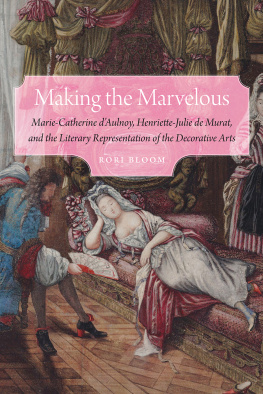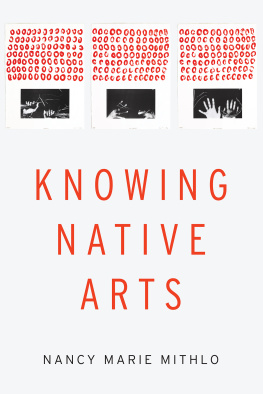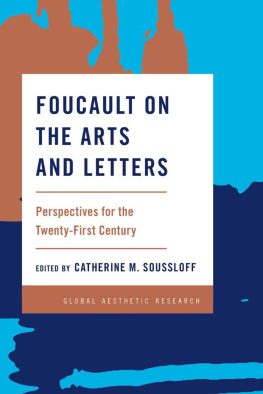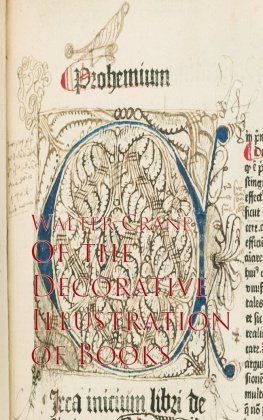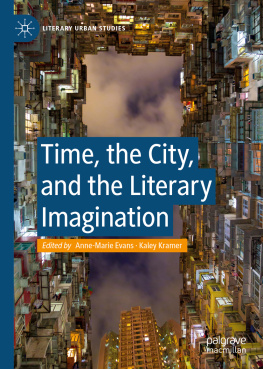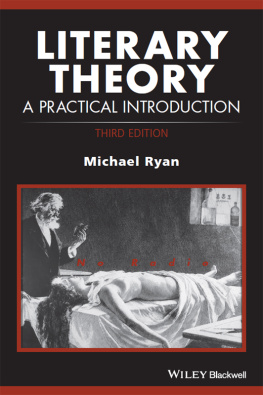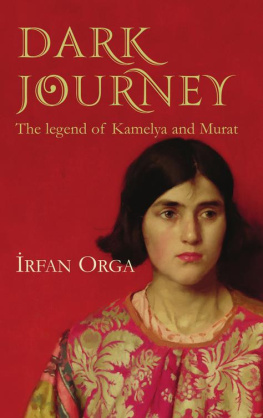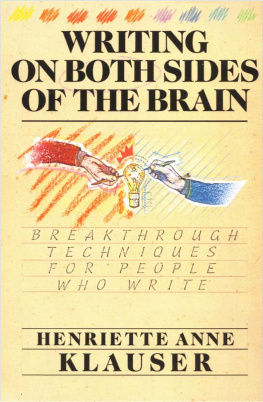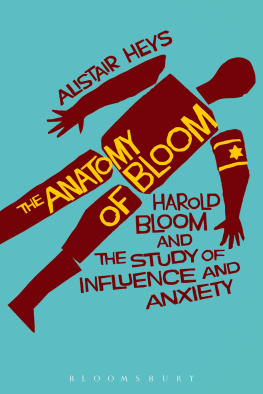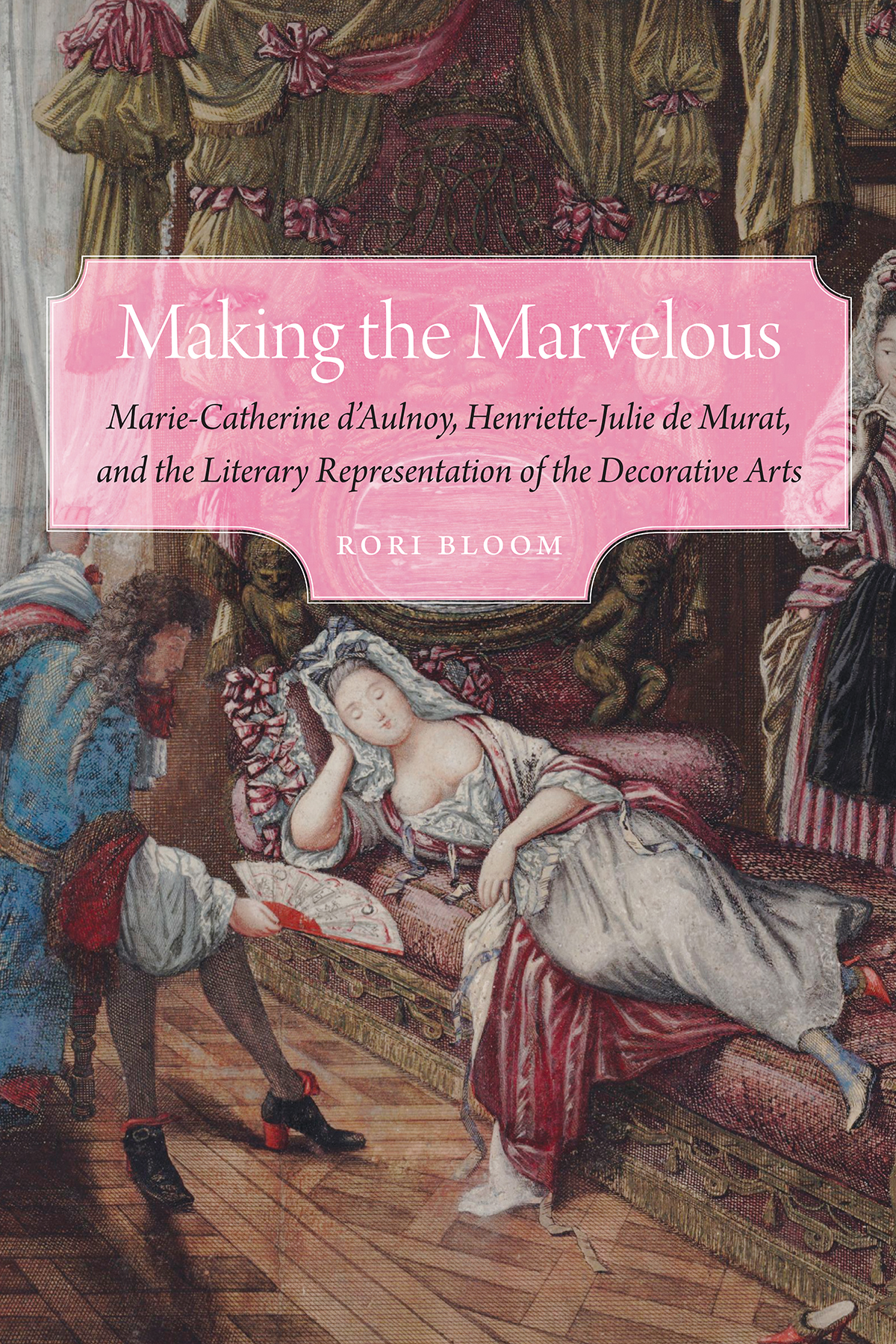
Clearly argued, carefully crafted, and finely detailed, this book is a real gem. It offers a fresh look at the works of dAulnoy and Murat by highlighting their embrace of ornament and artful materiality and brilliantly demonstrates the modernity and sophistication of their writing.
Volker Schrder, associate professor of French at Princeton University
Rori Blooms fascinating new approach to reading dAulnoys and Murats fiction focuses on descriptions and shows that the craftsmanship in the decorative arts informs the marvelous and functions as an analogy between the visual arts and the authors own verbal craft.
Charlotte Trinquet du Lys, associate professor of French and affiliate professor of women and gender studies and medieval and Renaissance studies at the University of Central Florida
Compelling.... By focusing on the artistic processes at work (as opposed to simply the finished product) and how dAulnoy and Murat shape their fairy tales as artas fashionable accessoriesMaking the Marvelous sheds new light on the early modern fairy tales penned by women.
Anne E. Duggan, author of Salonnires, Furies, and Fairies: The Politics of Gender and Cultural Change in Absolutist France
Early Modern Cultural Studies
Series Editors
Carole Levin
Marguerite A. Tassi
Making the Marvelous
Marie-Catherine dAulnoy, Henriette-Julie de Murat, and the Literary Representation of the Decorative Arts
Rori Bloom
University of Nebraska Press | Lincoln
2022 by the Board of Regents of the University of Nebraska
Cover designed by University of Nebraska Press; cover image courtesy of the Bibliothque nationale de France, dpartement Estampes et photographie, RESERVE FOL-QB -201 (62).
Portions of chapter 3 first appeared as Playing with Dolls in Old Regime Fairy Tales in Modes of Play in Eighteenth-Century France, ed. Fayal Falaky and Reginald McGinnis, 9-23 (Lewisburg PA: Bucknell University Press, 2021).
All rights reserved
The University of Nebraska Press is part of a land-grant institution with campuses and programs on the past, present, and future homelands of the Pawnee, Ponca, Otoe-Missouria, Omaha, Dakota, Lakota, Kaw, Cheyenne, and Arapaho Peoples, as well as those of the relocated Ho-Chunk, Sac and Fox, and Iowa Peoples.
Library of Congress Cataloging-in-Publication Data
Names: Bloom, Rori, 1971, author.
Title: Making the marvelous: Marie-Catherine dAulnoy, Henriette-Julie de Murat, and the literary representation of the decorative arts / Rori Bloom.
Description: Lincoln: University of Nebraska Press, [2022] | Series: Early modern cultural studies | Includes bibliographical references and index.
Identifiers: LCCN 2021038214
ISBN 9781496222671 (hardback)
ISBN 9781496231727 (epub)
ISBN 9781496231734 (pdf)
Subjects: LCSH : Aulnoy, Madame d (Marie-Catherine), 1650 or 16511705Criticism and interpretation. | Murat, Henriette Julie de Castelnau, comtesse de, 16701716Criticism and interpretation. | French fictionWomen authorsHistory and criticism. | French fiction17th centuryHistory and criticism. | Fairy talesFranceHistory and criticism. | Decorative arts in literature. | Marvelous, The, in literature. | BISAC : LITERARY CRITICISM / European / French | LITERARY CRITICISM / Fairy Tales, Folk Tales, Legends & Mythology | LCGFT : Literary criticism.
Classification: LCC PQ 1711. A 85 Z 57 2022 | DDC 843/.4dc23/eng/20220105
LC record available at https://lccn.loc.gov/2021038214
The publisher does not have any control over and does not assume any responsibility for author or third-party websites or their content.
Contents
Research for this book was made possible by a sabbatical leave and a humanities scholarship enhancement grant from the College of Liberal Arts and Sciences of the University of Florida. The collections and personnel of the Bibliothque nationale de France have been central to my scholarly work, and I am grateful for access to this incredible institution. Thanks are also owed to the North American Society for Seventeenth-Century Literature and the American Society for Eighteenth-Century French Studies for welcoming my work at their meetings. I would like to acknowledge Bucknell University Press for allowing me to reuse here material previously published as an essay in one of their volumes; the comments on that essay from editors Fayal Falaky and Reginald McGinnis as well as from the anonymous reviewers were valuable as this book took its final form. I thank the University of Florida College of Liberal Arts and Sciences and Center for the Humanities and the Public Sphere (Rothman Endowment) and the Department of Languages, Literatures, and Cultures for funding the indexing of this book.
My sincere thanks go to the editorial staff of the University of Nebraska Press, including Matt Bokovoy, Heather Stauffer, and Ann Baker, as well as to Martha Ash, for their steadfast support at various stages in the long process required to make my manuscript into this book. I am very grateful for the many important recommendations made by peer reviewers of my manuscript, especially Anne Duggan. Volker Schrder also contributed valuable information and suggestions. I am fortunate to work with many wonderful colleagues at the University of Florida, but I want to express special thanks to Brigitte Weltman-Aron, Theresa Antes, and Jennifer Rea for their wisdom and warmth. Hlne Huet and Melissa Hyde also provided support for my research at key moments. Thanks to Dennis Lloyd for offering insights on academic publishing. Finally, I am thankful for my writing groupMargaret Butler and Amanda Vincentfor their engagement with my work and for their friendship.
All references to the fairy tales of Marie-Catherine dAulnoy and Henriette-Julie de Murat (except in the case of Le Pre et ses quatre fils) are to the critical editions published by Honor Champion in 2004 and 2006, respectively. References to the titles of these authors works follow the spelling and punctuation of these critical editions. Detailed information on the original publication of these fairy tales is provided in the appendix. All translations from French primary and secondary sources throughout the present work are my own unless otherwise indicated.
In formalist readings, the essence of a folktale is the action (the departure from home, the confrontation with the villain); the rest (the furnishing of the heros house, the clothing he wears) is merely accessory. At a moment when France was coming to new prominence in the production of furniture and fashion, these authors works gave pride of place to descriptions of palaces, gardens, clothing, and toys, celebrating French cultural dynamism while sometimes questioning their societys obsession with luxury commodities. Just as in Old Regime rooms, where architectural structure was obscured by sumptuous ornamentation, in the tales of dAulnoy and Murat, narrative structure is overwhelmed by lavish description so that descriptive writing functions as yet another form of decorative art. My analyses of their descriptive prose will reveal that these practitioners of a supposedly minor genre make a major contribution as chroniclers of material culture but also as explorers of aesthetic issues including the relationship between art and power, word and image, the technical and the magical.
An examination of these authors evocations of the decorative arts of their erafrom gorgeously ornamented grottoes to exquisitely inlaid furnitureidentifies a materiality of spaces and objects in their tales that is ostensibly at odds with the ethereal realm of the fairies. Raymonde Robert has argued that descriptions in late seventeenth-century French fairy tales directly reflect the luxurious life led by nobles at Versailles, but I posit a more complicated relationship between dAulnoy and Murataristocrats but outsidersand the court. In
Next page
